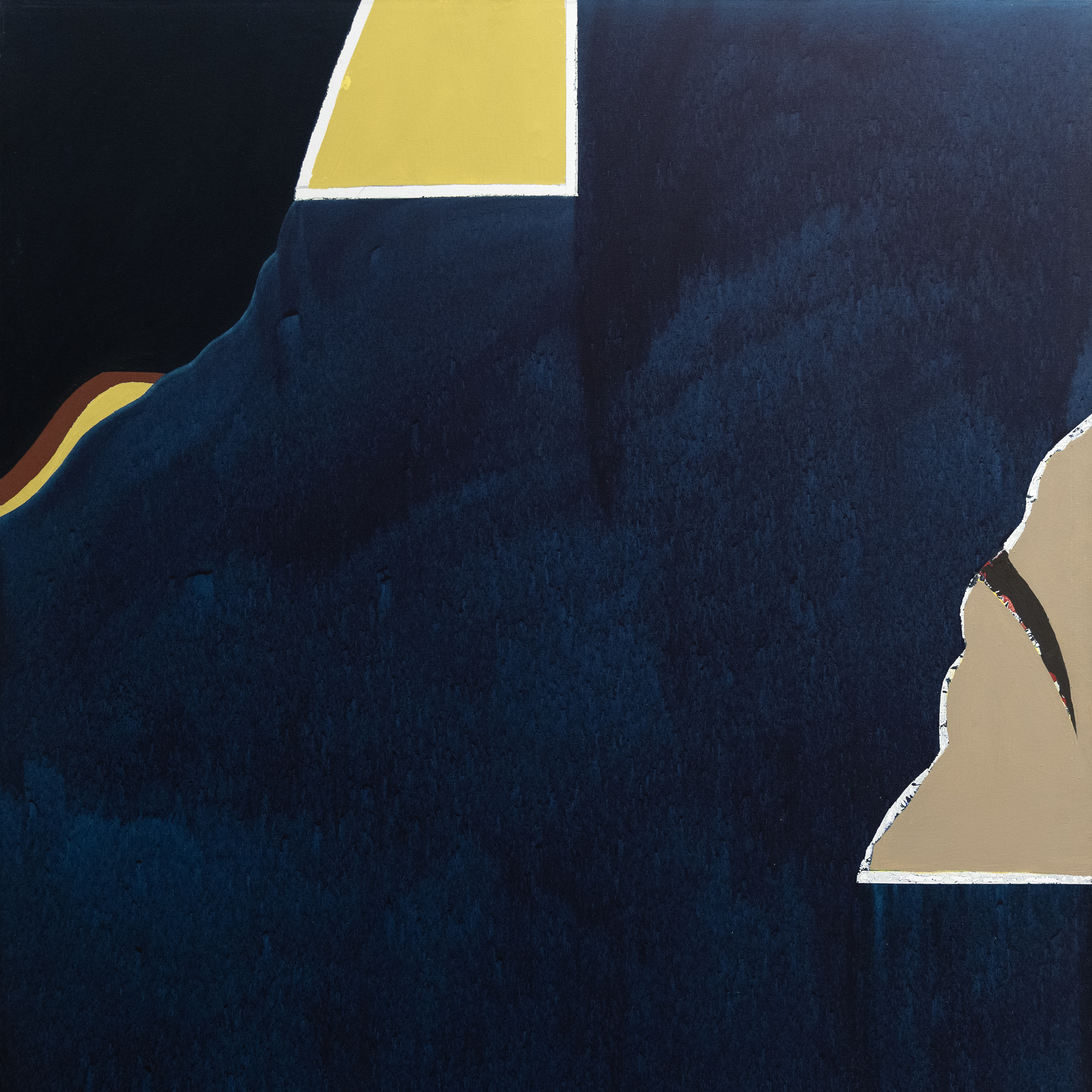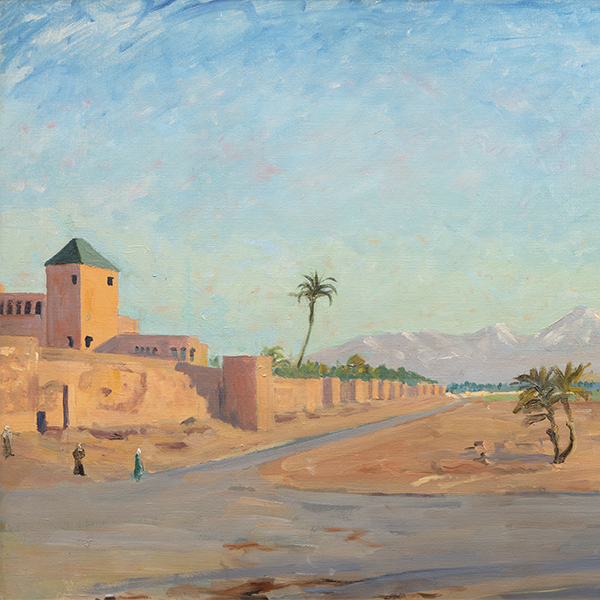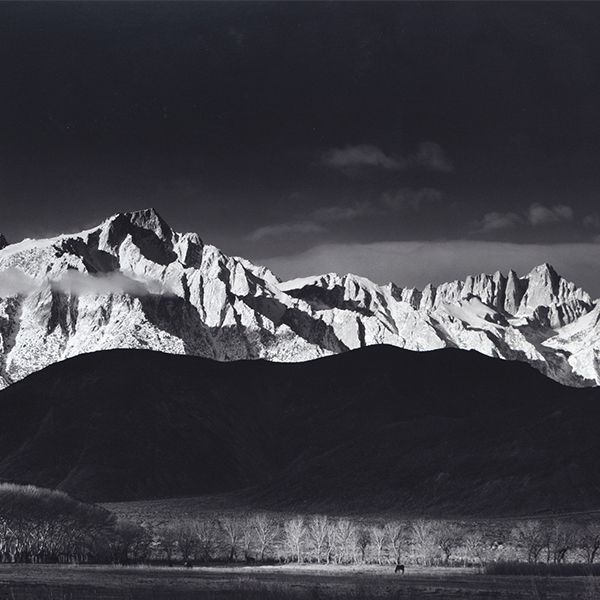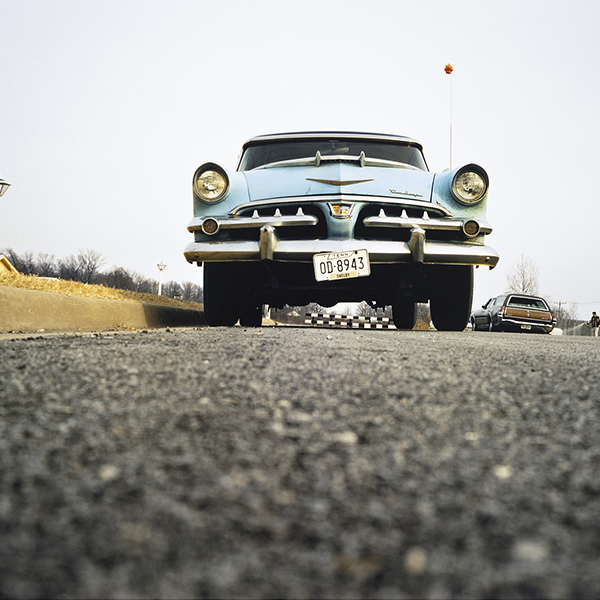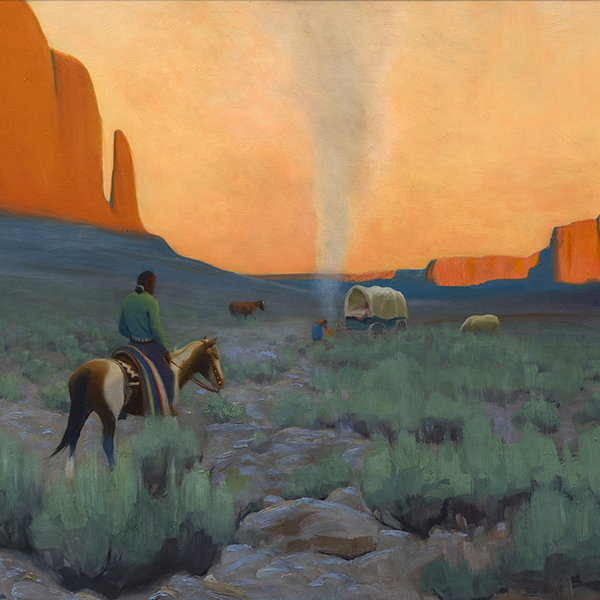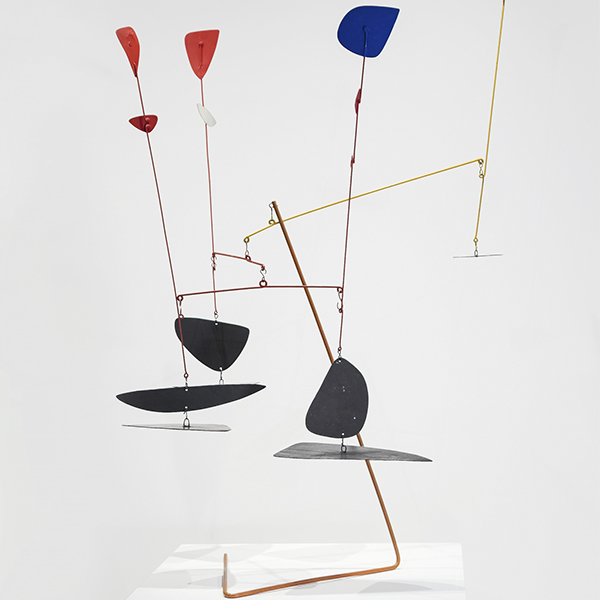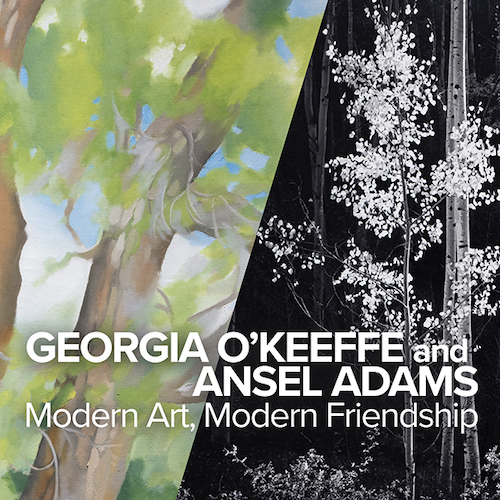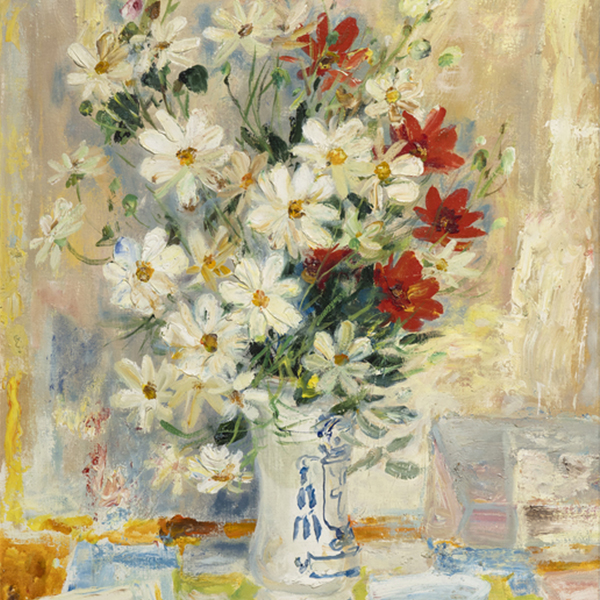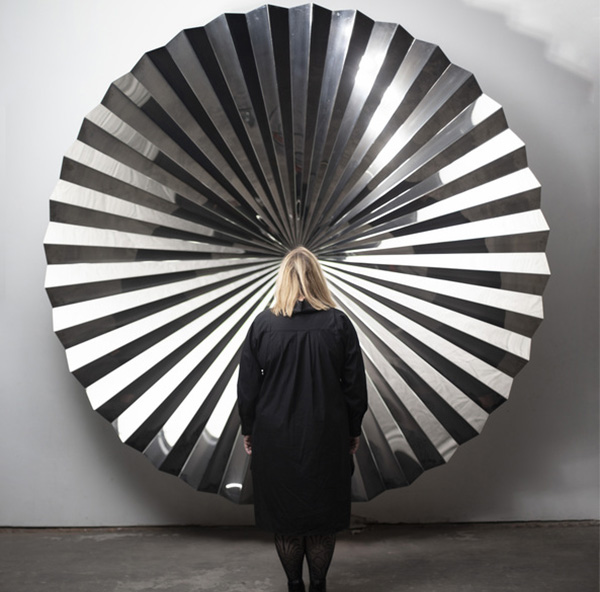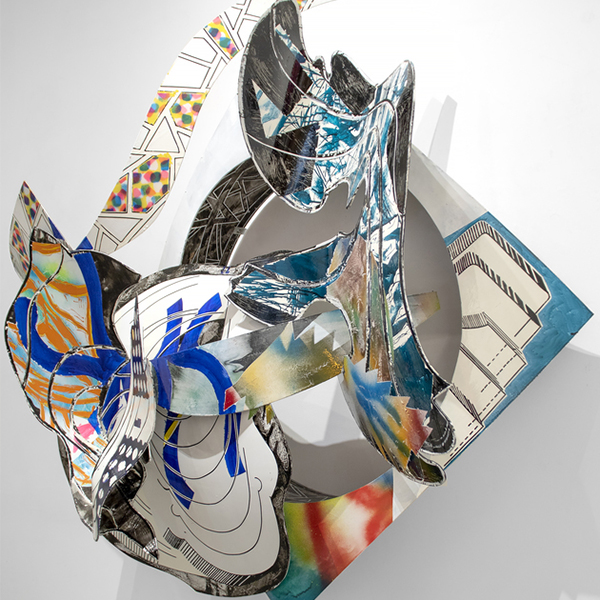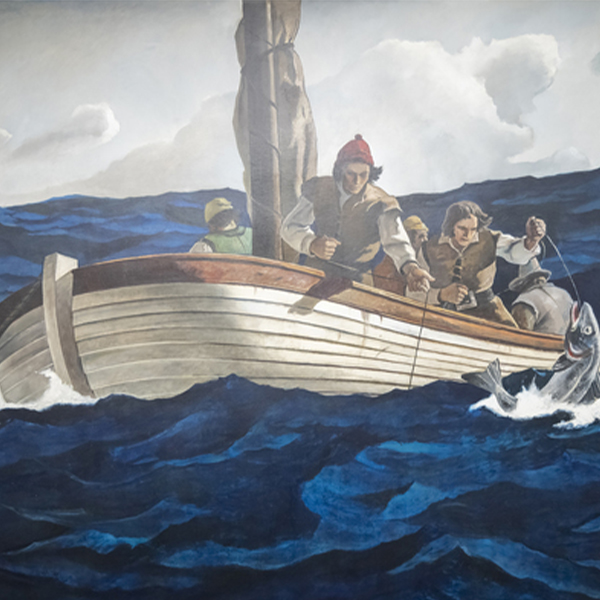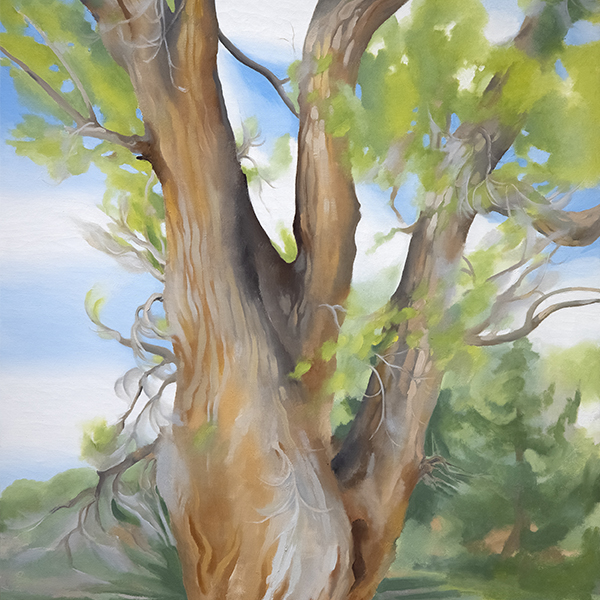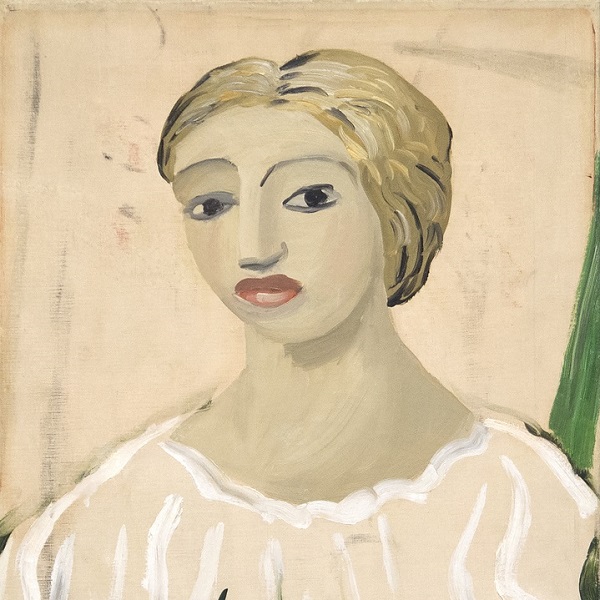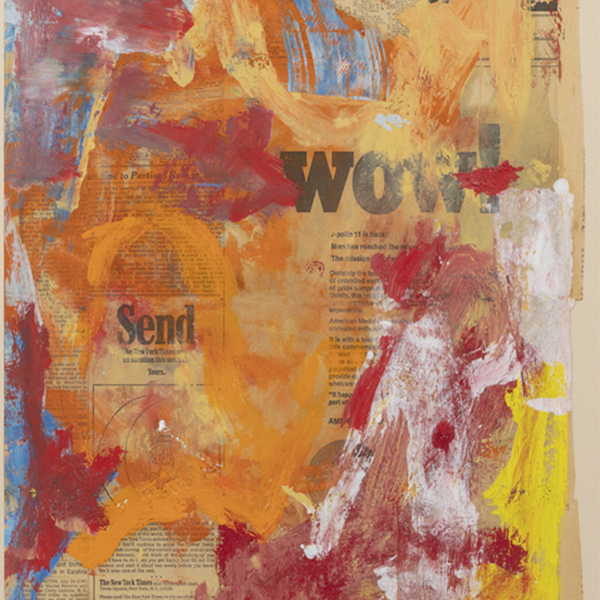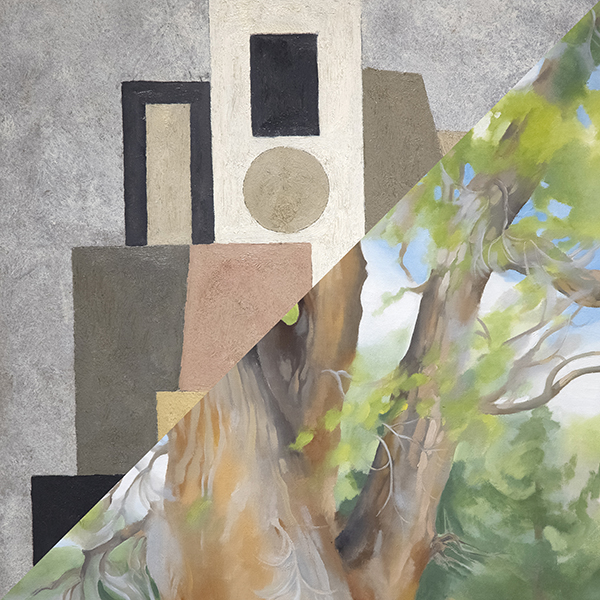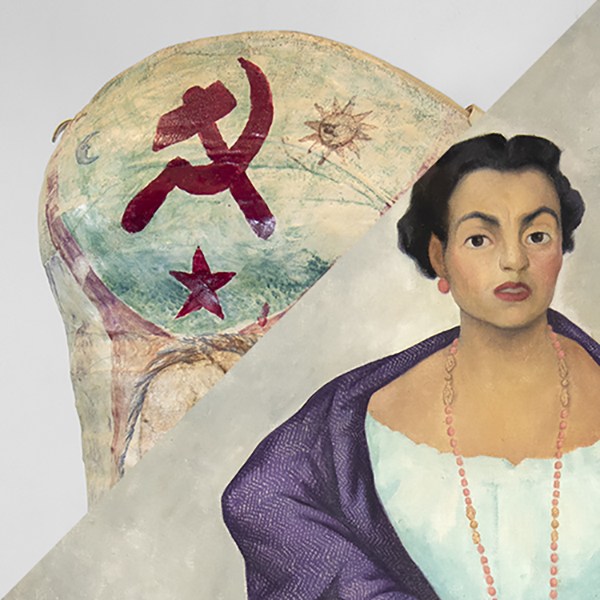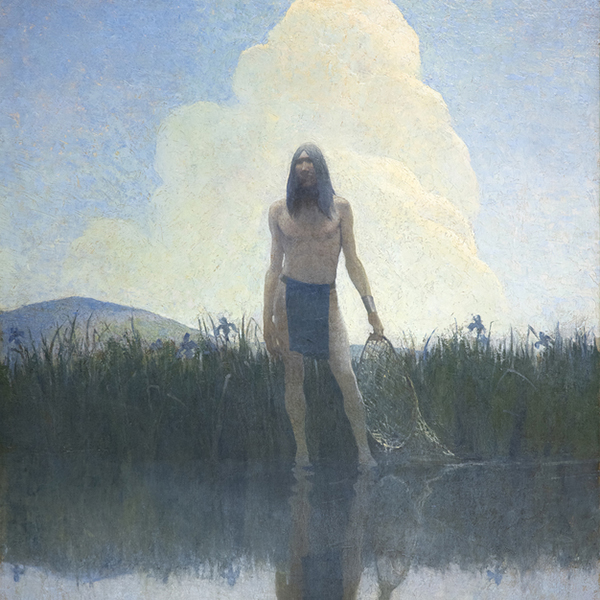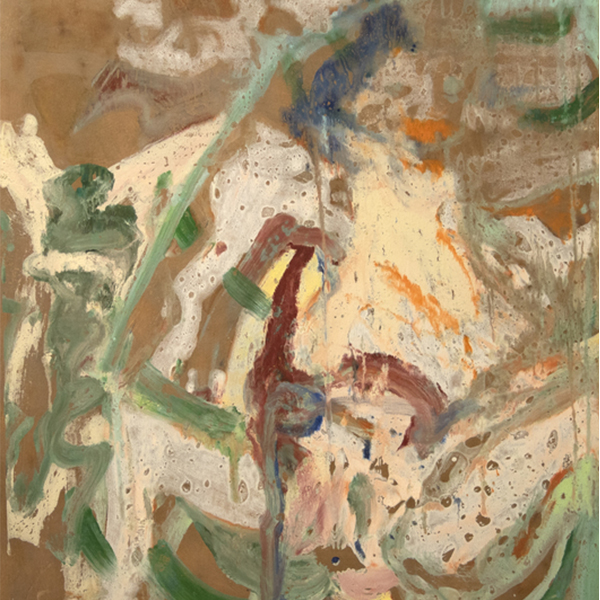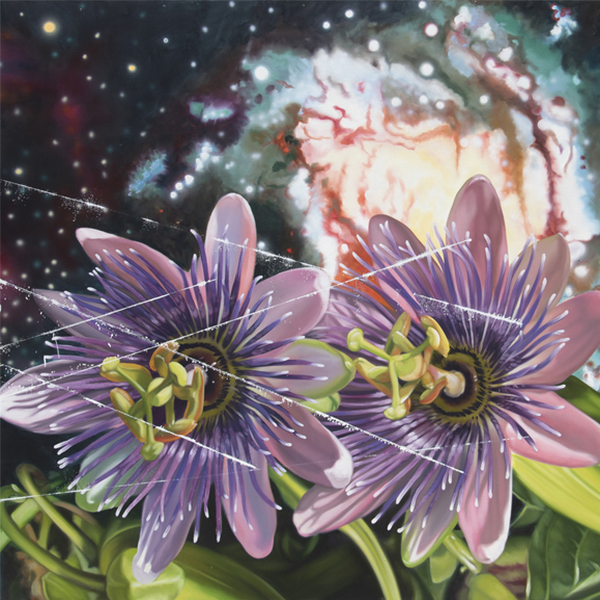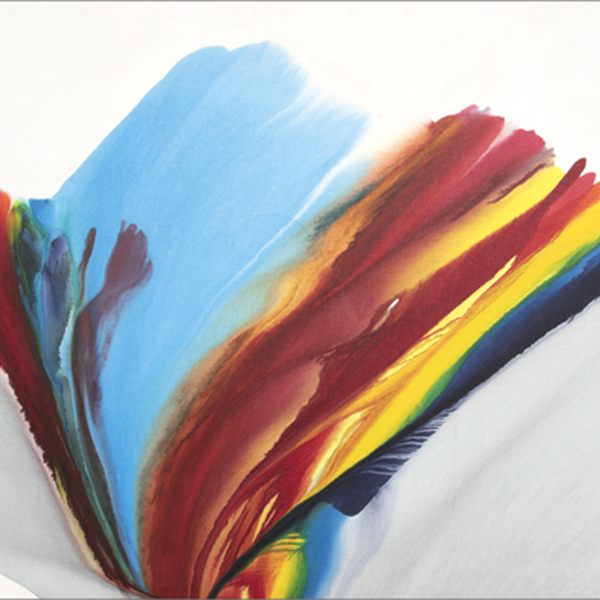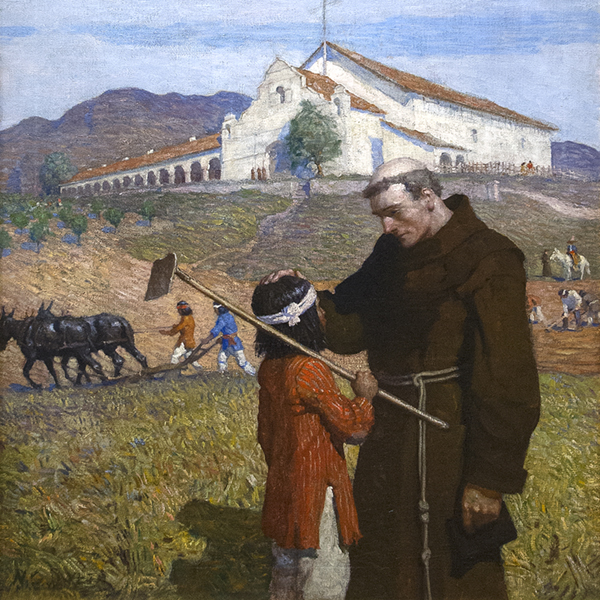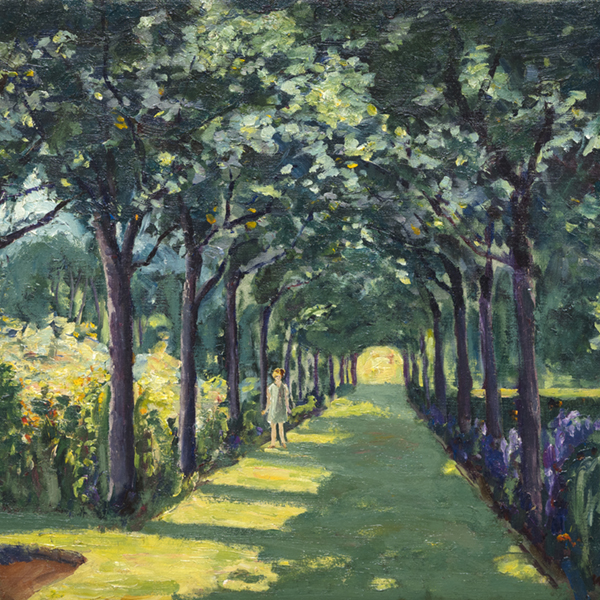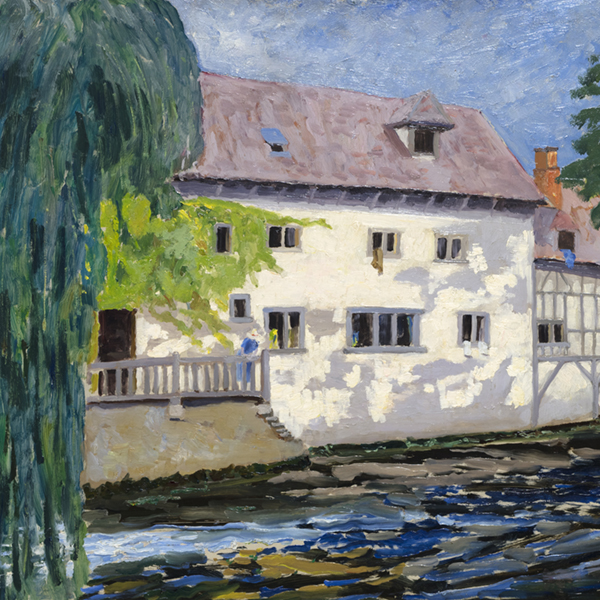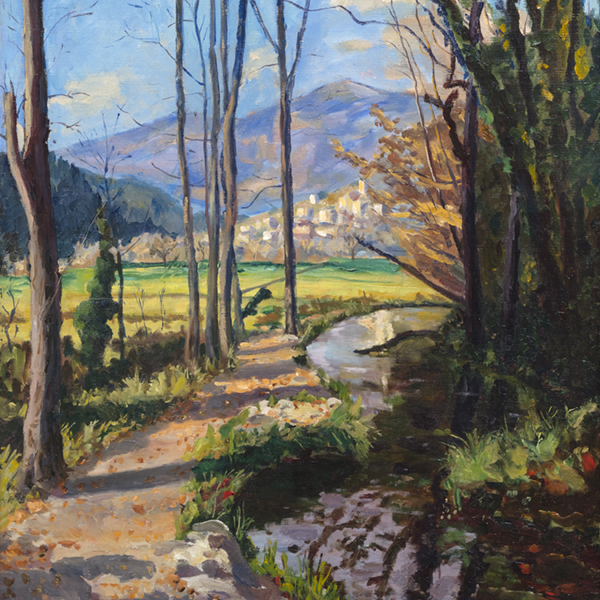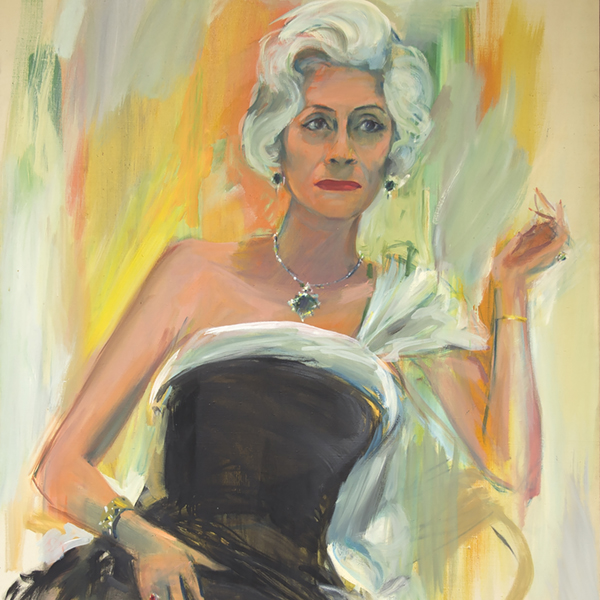When Gustave Caillebotte was twelve years old, his family purchased an estate on the banks of the river in Yerres, southeast of Paris. It was here that Caillebotte began to paint. This grand estate remained in his family until 1879 and became the setting that would inspire a promising young impressionist painter. Scenes from these grounds fill some of his most celebrated works – leisure activities at the river, the idyllic park, and of course, the gardens. Caillebotte’s paintings from this time are among his best examples of the Impressionist tradition of painting en plein air. One can imagine the artist sitting in his garden or in the sprawling park at the riverside, taking in the bucolic landscape and committing the serenity of a single moment to canvas. He ultimately completed around 80 paintings here. Among those works is this 1877 oil on canvas of the artist’s gardens at Yerres and the valley beyond.
Here, Caillebotte joins the most influential Impressionist painters who sought inspiration from their gardens, most notably his contemporary and friend Claude Monet. Both avid gardeners, Caillebotte and Monet had mutual admiration and support for each other’s work. By the time Caillebotte painted this scene, he had purchased several of his friend’s paintings, becoming a benefactor and advocate for Monet’s success. In a letter to Caillebotte, Monet once wrote, “My dear friend, don’t forget to come Monday as agreed, all my irises will be in bloom.”
Caillebotte’s beloved family estate, now the Propriété Caillebotte Museum, has recently been fully restored to its mid-19th century form. The mansion, park, gardens, and even the artist’s studio, are as Caillebotte would have found them. The grounds host the grand neoclassical-style mansion, an aviary, greenhouse, chapel, the Swiss Chalet – decorated in a style favored by the artist’s father – and the Ferme Ornée, which is now an exhibition space. In 2014, the museum presented an exhibition of 43 masterworks by Caillebotte, including this 1877 painting of the gardens, alongside works from the collections of the National Gallery in Washington, D.C., and the Musée d’Orsay.
More to explore
Art Detail
Please contact the gallery for more information.









